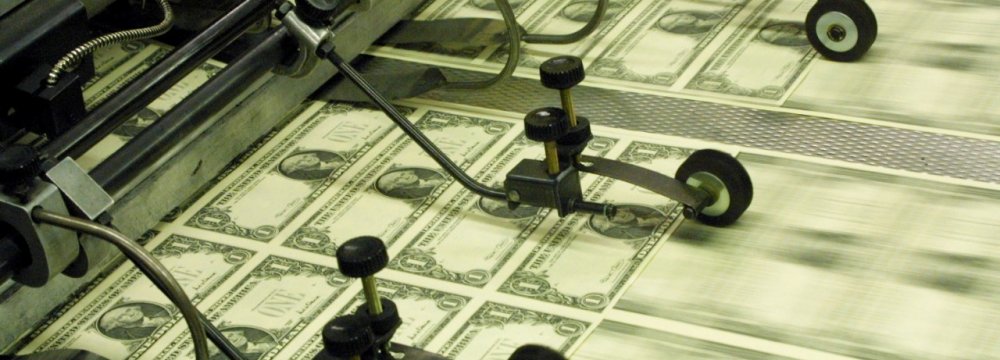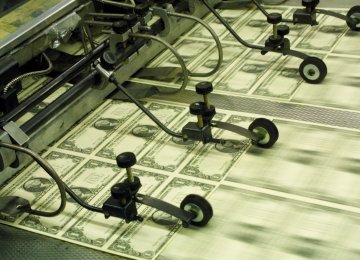As hot debates over Iran’s post-sanction economy continue a university lecturer has speculated that the US dollar may plunge further to as low as 26,000 rials because supply seems to be increasing in the currency market, Eghtesad News reported.
The dollar is now traded at about 32,700 rials in Tehran.
The ensuing impacts of the nuclear framework agreement reached on Thursday in Switzerland between Iran and the P5+1 (the US, Britain, France, China, Russian and Germany) have been classified into two groups of short and long-run impacts by Nemat Falihi, a member of academic board of Azad Islamic University.
In the short run, he said, “the framework agreement creates positive expectations strengthening the rial against foreign currencies. Prudent intervention in the forex market will help reduce the dollar exchange rate to 26,000 rials by directing foreign currency savings that were previously kept for speculative purposes, into the market.”
“If interest rates are reduced and money supply is directed towards the stock market or the manufacturing and housing sectors, we could expect domestic investors to increase their investment in the short run,” he said, adding that “foreign investors could also invest given the high return of investment in the country. Meanwhile they have the option to export what they produce inside of Iran the neighboring nations.”
In the meantime, the medium to long-run impacts of the lifting of sanctions will definitely include higher economic growth, he said. To that end, he noted, “it is necessary to direct foreign currency and rial reserves towards investment.”
In the mid run, improving the research and development activity could help knowledge-based firms grow, Falihi added. The nuclear agreement will also help non-oil exports grow further and, as a result, cut unemployment to some extent in the mid run.
Nevertheless, he warned that the increase in demand and dollar-to-rial exchange may generate inflationary pressures in the mid term, which can be curbed by directing money supply towards the manufacturing sector.
The lecturer called on the administration to use the removal of sanctions as a unique opportunity to reconstruct the national economy.
Iran and the P5+1 have the self-imposed deadline of June 30 to reach a permanent and comprehensive deal to end the 12-year nuclear dispute. If the deal is reached, the US and EU sanctions along with the UN’s resolutions will all be terminated in exchange for Tehran limiting its nuclear energy program.





